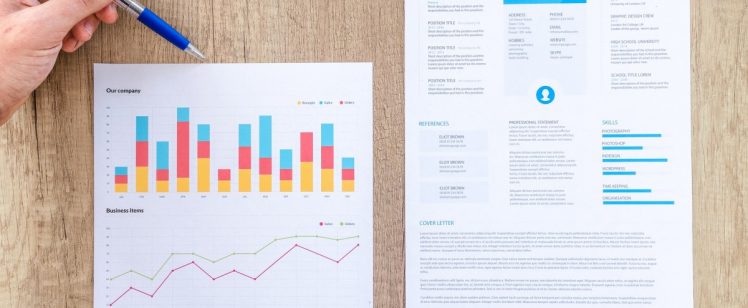-
How Big Data Is Directing the Recruiting Market
As all hiring managers can attest, there’s a significant bottleneck in the typical hiring process that inevitably slows it to a crawl, regardless of industry, company, or open position—candidate data.
Corralling candidate information used to be as simple as naming a folder after them and sticking their resume into the HR filing cabinet, but these days, recruiters have data coming in from paper documents, social media, online databases, and their own ATS platforms. There’s too much of it to handle—but ignoring it isn’t an option either. Because of how much pressure the rise of big data has placed on recruiters, organizations have developed new ways to find and assess the potential fit of their candidates.
Exploring Data-Based Recruitment
There has been a significant push over the past few years to stop merely collecting data and start using it to produce tangible benefits. In the recruitment game, this type of data is colloquially referred to as “people analytics”; as in, the specific personal data points that help recruiters make better hiring decisions. In some ways, this style of data-based recruitment is quite similar to traditional recruiting. In others, it’s vastly different.
Data Collection
It starts, as it always does, with data collection. Companies dig through the internet and social media channels to gather relevant information about potential candidates. And given that LinkedIn alone has over 450 million users, there’s plenty of candidate data to be found. But it doesn’t stop there; companies will also gather their in-house data, such as from submitted resumes, applications, and business cards, to build comprehensive data profiles of each candidate.
Applying Algorithms
With this data in hand, companies work with data intelligence firms who create proprietary algorithms that analyze these swaths of personal details. These algorithms have built-in keywords and scoring systems that help companies sort through this unstructured data and provide actionable business intelligence, e.g., how closely a prospective candidate will match a specific job role based on work experience, personal history, demographic variables, and more.
Ideally, this type of data analysis allows companies to perform these queries well before the hiring process begins. Through data-based recruitment, employers can identify the top candidates for a role and build comprehensive profiles on each of those candidates before they ever step foot in the office.
Bridging the Physical and Digital
Despite the built-in efficiencies of talent management solutions like these, the human element in recruiting isn’t going anywhere. No matter how much these styles of data management evolve, the recruiter is still the lynchpin of hiring success. Data-backed recruiting may be contributing to a hiring market wherein statistics and data points are valued more than intuition and experience, but until algorithms advance to the point where candidates can be assessed on personality variables, social factors, and cultural fit, we humans will always be necessary. If you’d like to learn more about how to combine your company’s personal and digital assets to determine the best possible candidates for your organization, contact Urgenci for an assessment of your recruitment practices.
Urgenci

